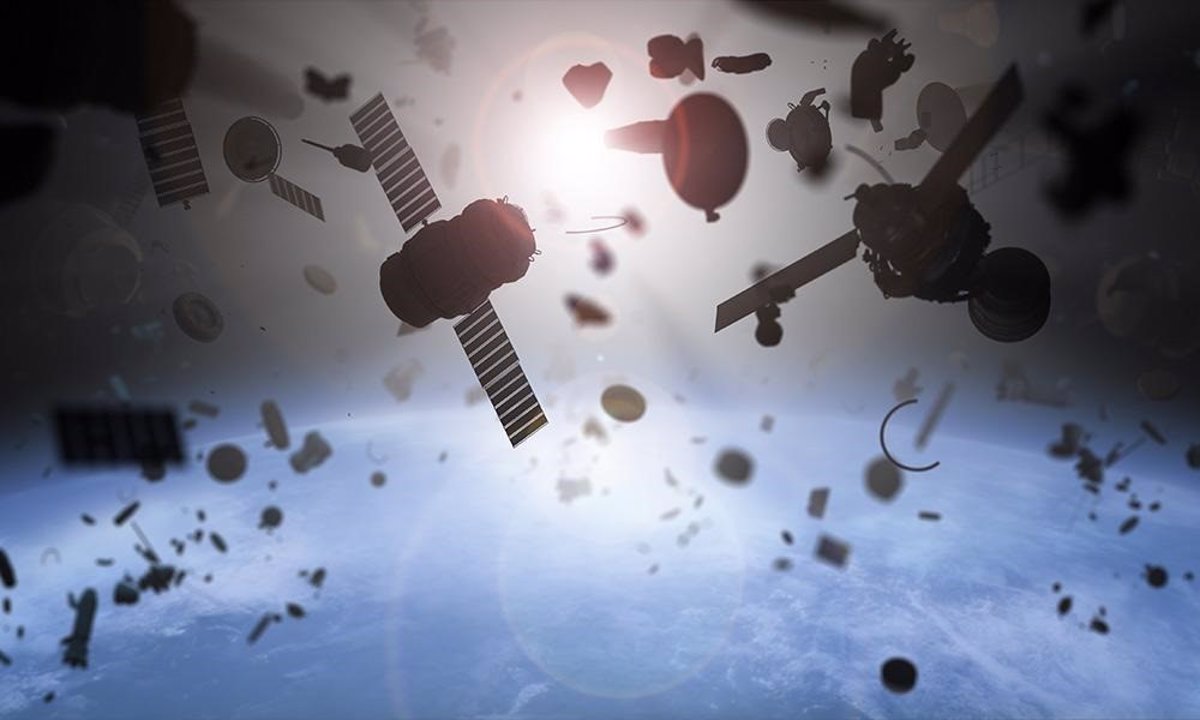Madrid, 20 June. (Europe Press) –
Researchers from the Carlos III University of Madrid (UC3M), the Milan Polytechnic and the GMV Institute have developed a new method to identify and evaluate satellite maneuvers that “improve” the functionality of currently used systems.
According to a statement from Carlos III University, this advance, which is already being tested in a real industrial environment, “will help reduce the problem of space debris”.
Currently, according to the lists of the European Space Agency (ESA) and NASA, the number of satellites and space debris in Earth orbit is around 30,000, although researchers in the field estimate the actual number to be around 100,000.
Any object larger than about a centimeter will cause serious damage on impact. “Space junk” catalogs allow operational satellites to maneuver to avoid potential hazards. But the same motions that some satellites operate automatically can be a problem because if they are not properly detected and estimated, they can lead to catalog distortion, which increases the risk of collisions.
“The problem is that there are many satellite launches, many of which have autonomous maneuvering capabilities, and are part of constellations of thousands of objects. Therefore, it is very interesting to automatically detect these maneuvers in a way that maintains the real position of these satellites,” said UC3M, one of the authors of the work recently published in the journal Acta Astronautica. Guillermo Escribano, a researcher at the Department of Aerospace Engineering at
What these researchers have developed is a method to more effectively detect and classify these satellite maneuvers. To do this, they use data from sensors that track the movement of space objects (for example, telescopes or radar) and combine them with statistical information. “The basic idea is to process all these measurements and relate them to the items already in the inventory,” says Guillermo Escripano.
“This allows us to monitor satellites even if they are doing maneuvers that we don’t know about,” says another researcher, Manuel Sanjurjo Rivo, from the Department of Aerospace Engineering at UC3M.
According to the researchers, the breakthrough could be used to improve the accuracy of space object cataloging and tracking systems currently in use, which would “help reduce the space debris problem”.
In fact, this algorithm has already been implemented by GMV, where the authors of this paper and other researchers are working to carry out tracking and validation campaigns for space object inventory systems.
In this context, it is necessary not only to estimate the position and speed of objects in space, but also to adequately characterize the uncertainty of said estimates, taking into account the information provided by the operators of surveillance sensors or cameras. Ships.
“Given the type of information obtained by tracking sensors, whose data update times fluctuate around 12 hours, knowledge of dynamics is essential. Therefore, maneuvers are a challenge for the association and evaluation of automated systems, due to the lack of reliable information about how the object moves”, Sanjurjo Rivo. concludes.

